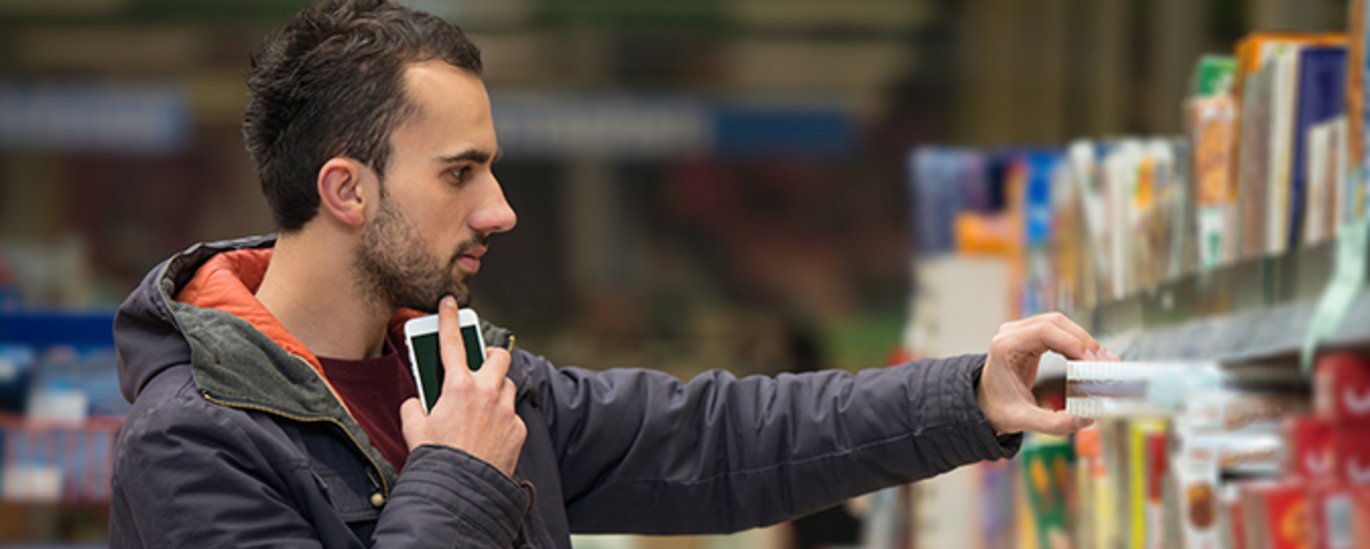Food fiction - when are food product claims misleading?
How do you examine if consumers are being misled by clever ad copy on groceries? It is actually more difficult than you might think. Researchers at the MAPP Centre at Aarhus University have a useful method on the way.

Can you slaughter an “Ærø chicken” in Jutland? Is it cheating to emphasise that a product is “checked by the authorities” if all other products in the same category are also checked by the authorities? The Danish Veterinary and Food Administration must reach decisions on those sort of grey area issues regularly. Researchers from Aarhus University’s MAPP Centre have now developed a method that can help determine if product claims are misleading or not. The method is described in a new DCA report.
Trine Mørk, PhD student at the Department of Management and co-author of the report, explains:
- Today, there’s an increasing supply of products and therefore more competition, which results in a greater potential for misleading information. It’s not just the packaging that can be misleading. Colours, fonts and all forms of storytelling regarding a product are also elements that can contribute to shaping the consumers’ perception of a product the way the manufacturer wants.
She explains that consumers can draw unintended, erroneous conclusions themselves, which results in them being misled without any attempt of deception on the manufacturer’s part.
- This typically happens e.g. with organic products, which are often credited with more positive properties than the Danish Ø-label guarantees. Finally, there’s also misleading marketing which isn’t even perceived as misleading by the consumer, so it’s a very complex area.
Shopping on autopilot
As a consumer, if you complain about being misled, by definition you are not, as you are aware that something is wrong. That is why you must use more subtle tools to examine misleading information.
The risk of being misled increases when you are pressed for time and when there is a lot of information available and both audible and visual noise. This happens when you are in a rush to find something interesting for dinner - with tired children in tow and alongside all the other Danes who are trying to do the same.
- Most of the time, we shop with our brains on autopilot - without really thinking about the individual products. We know this from previous studies, says Trine Mørk.
Does more information make a difference?
The method developed by the researchers from Aarhus University will be used to measure the potential for being misled by marketing material. Specifically, they have examined the consumers’ perception of various claims on chicken products, and they plan to test the method on pork products as well, says Trine Mørk.
In brief, the method is to present two representative groups of consumers with a number of product claims, i.e. a short ad copy which describes the product, typically located on the packaging. One group sees only the ad copy. The other group sees the ad copy accompanied by a small piece of supplementary factual information that elaborates on the product claim.
Then you compare and observe whether the extra factual information changes the consumers’ perception of the product with respect to a number of parameters - in this case: Animal well-being, taste, health and the probability of purchase. If the extra information reduces the likelihood that the consumer would purchase the product, or if it causes the consumer to give the product a poor quality assessment, it is concluded that the claim is potentially misleading.
Honesty and openness pay off
The results of the survey are encouraging, as it turned out that the extra information did in fact cause more consumers to assess the product more favourably than when they only read the brief ad copy. So in popular terms, you could say that honesty and openness pay off, including when writing marketing texts. However, the results were not significant in the tests where time pressure was included (to simulate the circumstances when shopping) - here the autopilot kicked in, and the consumers gained no benefit from the additional information.
The method will now be adjusted - and not least tested on other types of groceries.
- We have a new version of this experiment on the drawing board, as there is still room for developing the method. We need a broader picture. But so far it is the best available method for measuring and identifying misleading information, says Trine Mørk.
Further information
PhD student Trine Mørk
Department of Management, MAPP Centre
Email: tmork@mgmt.au.dk
Telephone: +45 8716 6039
